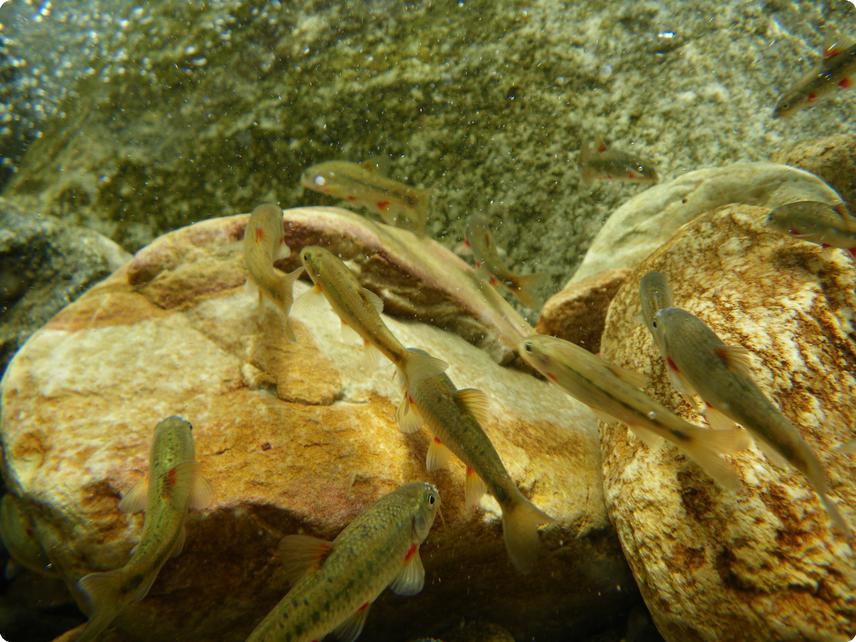Albert Chakona
Other projects
2 Dec 2013
Distribution, Status and Conservation of a Recently Described, Extremely Narrow Range Endemic Cyprinid, Pseudobarbus skeltoni, from South Africa
The study aims assess priority areas for the conservation of threatened indigenous freshwater fish species in the Breede and associated river systems within the Cape Floristic Region in South Africa.

The Cape Floristic Region (CFR) is recognised for having the highest endemicity of freshwater fish species in Africa south of the Zambezi River. However, with fifteen out of the currently recognised 19 endemic species being considered to be threatened, there are serious conservation concerns and the CFR region is considered internationally to be an endemic fish hot-spot. The once widespread populations of indigenous fish species are now restricted to a few tributary streams following extirpation of mainstream populations due to invasion by non-native species (Micropterus spp.) and habitat modification (unsustainable land use practices, over abstraction). Thus, the ichthyofauna of the CFR, which is characterised by high levels of endemicity, inflexible life history styles and low resilience to disturbance is at an elevated risk of extinction. The present study aims to use comparative mtDNA phylogeography to determine appropriate conservation units as well as identifying priority areas for effective conservation management of indigenous freshwater fishes within the CFR. Comparative phylogeography is a powerful multispecies approach that enables broader conclusions to be drawn than those generated from species-specific studies, which were the main focus of previous studies.
The Breede River system has two small species of Pseudobarbus, one of which is not currently recognised, one large southern African tetraploid barb (currently in the genus Barbus), one Sandelia species and two species of Galaxias that are currently not recognised. There are associated or closely related lineages of most of these species in the much smaller Duiwenhoks, Goukou, Heuningnes, Ratel and Uilkraals River systems. The present study will quantify within population and among population genetic variation of these species at multiple sites within the Breede and the associated systems and compare results among species. Based on earlier population genetic studies of Pseudobarbus burchelli, P. afer and Sandelia capensis which found genetic differentiation within the Breede and associated systems, it is predicted that:
(i) the different genera will show a similar pattern of genetic differentiation and genetic diversity;
(ii) the pattern of genetic differentiation and genetic diversity will be reflective of known geographic and climatic processes;
(iii) there are differences in genetic diversity among tributaries of the Breede and associated systems and this will be reflective of the species’ differences in habitat preference;
(iv) there is higher species diversity in the CFR than what is recognised by current taxonomy;
(v) there is need for revision of the current conservation status of the fish fauna within the CFR.